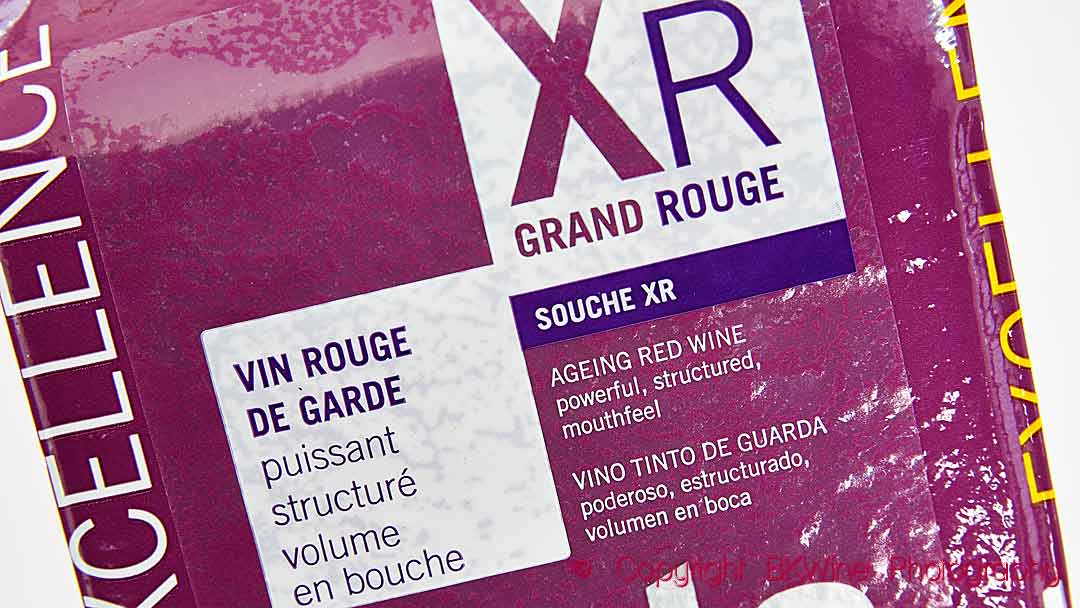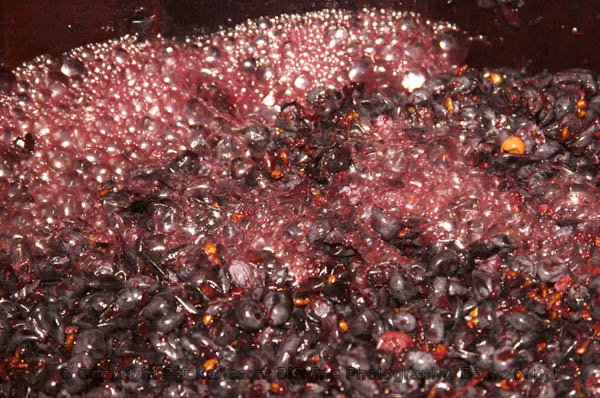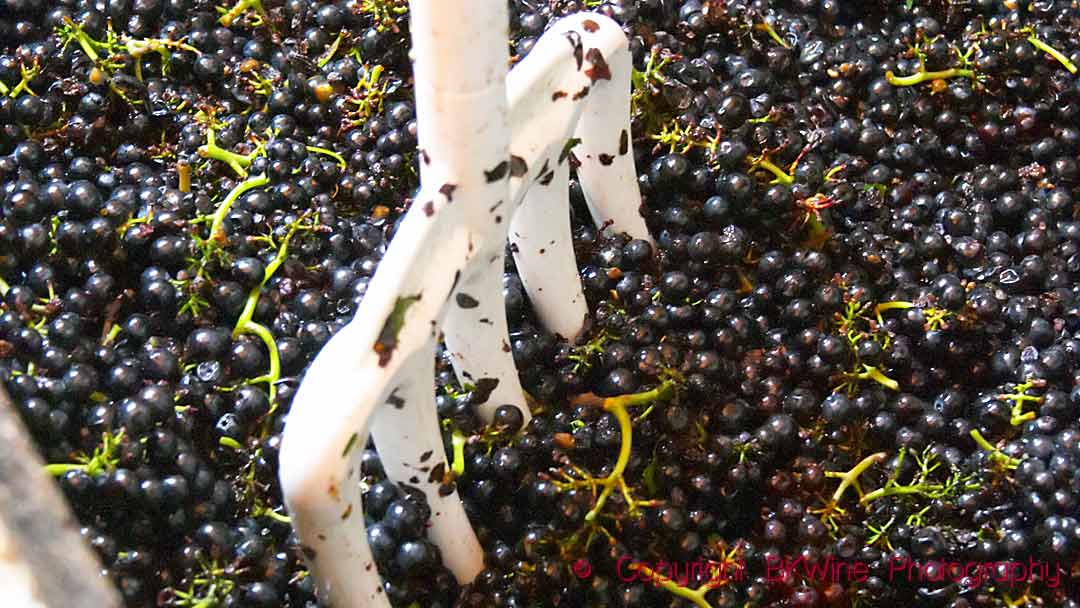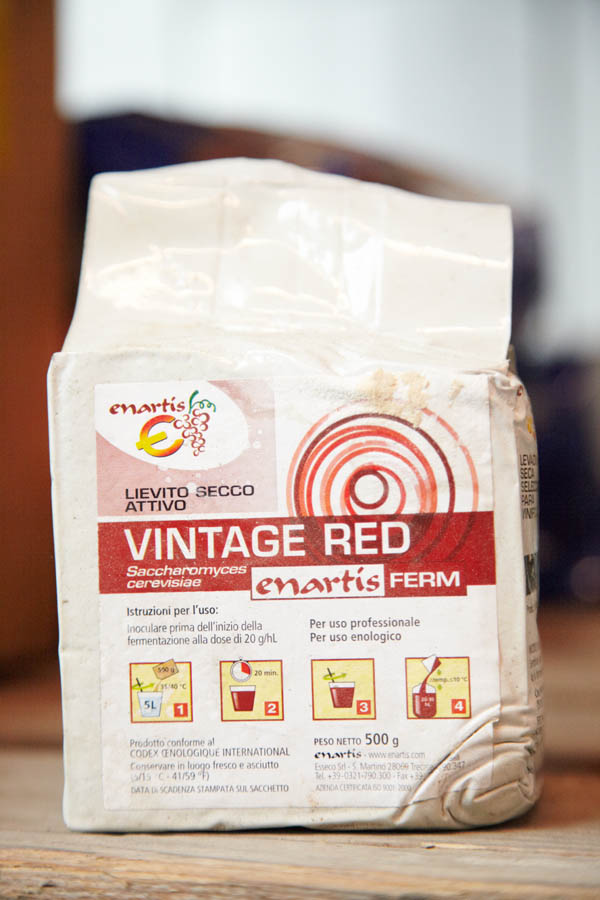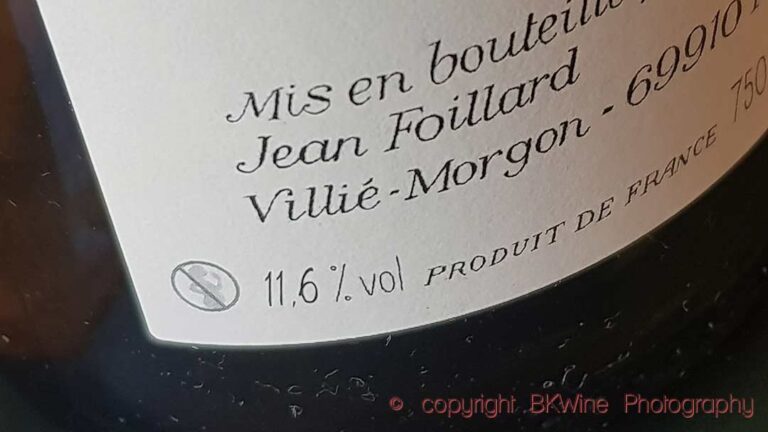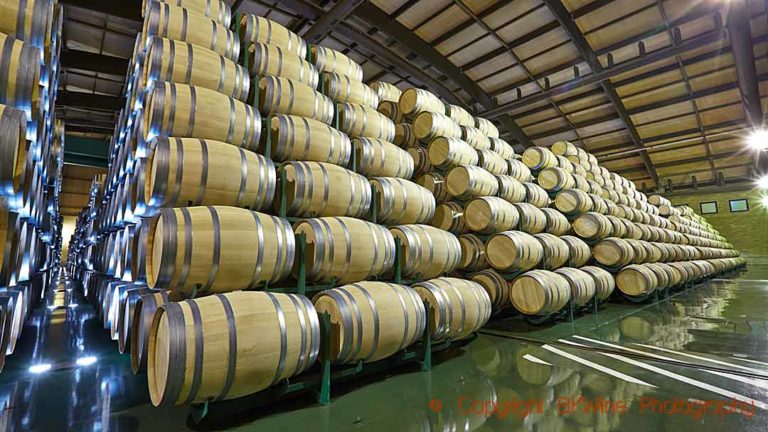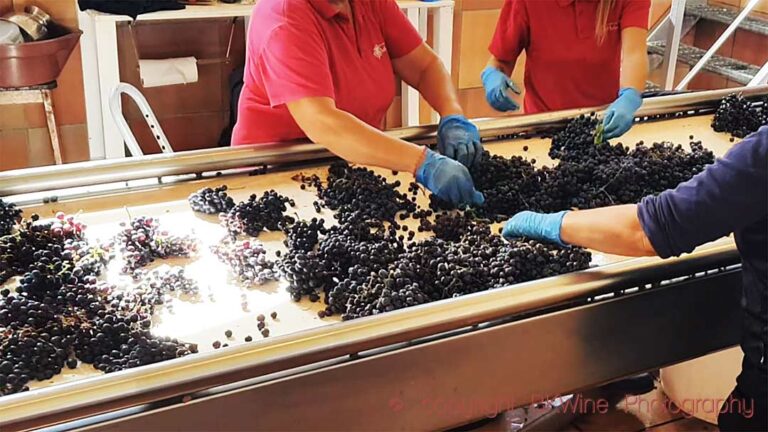The vast majority of wines in the world, probably around 90%, ferment with added cultivated yeast. Most wine producers believe this provides a safer fermentation and a better wine. But a small group of winemakers prefer to use the natural yeast present on the grape skins and in the vineyard environment. The Dubernet Laboratory in Languedoc now wants to make it easier for growers who prefer the “natural” wild yeast.
The idea is that the lab people go to the winery and collect yeast from a must that ferments spontaneously. They will find a lot of different yeasts active. The best yeast species from this grower are then isolated in the lab and returned to him the following year. He can thus inoculate his must with his own yeast. The point with the whole operation is that the lab people have eliminated the worse “bad” yeast species such as those forming volatile acids or giving bad aromas. Read more on mon-viti.com
